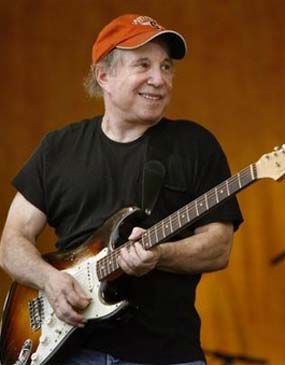
Like most people, we first caught wind of Mia Doi Todd via her 2002 album The Golden State, which found the quirky art-folk songstress inexplicably sheltered (albeit only momentarily) under the corporate arm of Sony/Columbia and produced (quite well, actually) by Mitchell Froom. Todd's strikingly clear, vibratoless singing, unconventional song structures, and chamber-folk sound subsequently returned to the indie world from whence they came, where her decidedly non-mainstream sensibility seems ultimately more at home. She's done some great work since then, and her latest, Gea, is possibly her most organic, relaxed-sounding album to date. We just interviewed Todd for a fun piece that will be running in the next issue of Harp magazine. Turns out she has a background in Japanese Butoh dance--as an East Asian Studies major in college, she wrote a thesis on one of the style's founders, Hijikata (there's a song of the same name about him on Golden State), and got a grant to live in Japan for a year to study Butoh. We asked her to talk a bit about it, and to imagine what kind of dances (not necessarily Butoh) she might envision for some of the songs on Gea. Due to a combination of the mag's space limitations and Todd's engaging verbosity, there were plenty of interesting outtakes, which we decide to share here. Don't forget to look for the article, you voracious culture vultures.
"Butoh is a sort of avant-garde dance form that started in Tokyo in the 1960s," says Todd. "There were student protest movements, outlandish street performances that evolved into [what they termed] 'The Dance of Utter Darkness'. Butoh talks about the human condition, whereas ballet strives to make the body a superhuman vessel of godlike proportions, Butoh is very much about human fragility and the human condition. I was very influenced by Hijikata's teachings, not just for dance but also for my music. My songs are often about the fragile nature of human emotions. A lot of [Butoh] training is about sensitivity in the body. My songs kind of do that in an emotional way, I think...to try to experience the human condition rather than get around it."
River of Life/The Yes Song:
“It's a celebration of life. I imagine all my friends on the beach with a bonfire at night, dancing around the bonfire, just like hippie dancing in a circle, holding hands. The song's about individuality and self-expression, so I imagine these people dancing through the night around the fire, and then eventually the sun rises and they go down to the border of the ocean and the land, and just celebrate life.”
Night of a Thousand Kisses:
“We actually made a music video for this song. This song is really about romance, so I imagine it as a pas de deux, for two people. It could be a ballet, but we chose to make it a tango. There's a lot of romantic tension and longing, and I think tango expresses that very well.”
In The End:
“This is, I think the heaviest song on the album, the tearjerker. It could be about Mother Earth speaking to humankind...or it could be about a relationship between two people. I can imagine two dancers, this one would be a duet. I can imagine one dancer dancing behind a scrim you suspend from the rafters of a stage. One dancer would be in front of the scrim on the audience side, the audience would only see their silhouette on the scrim. [The dancer behind would be] Jumping, turning, with a lot of virtuosity, and they would have no relation to the dancer in front of the scrim...[who is] dancing with more sensitivity much more slowly.”
Old World New World:
“It has the same sort of celebratory atmosphere as 'River of Life,' so I can see us going back to the beach and the bonfire. I has some kind of do-si-do-like square dancing in it, but it's also about individuality. So this would be another celebratory hoe-down, with everybody clapping and singing along."





